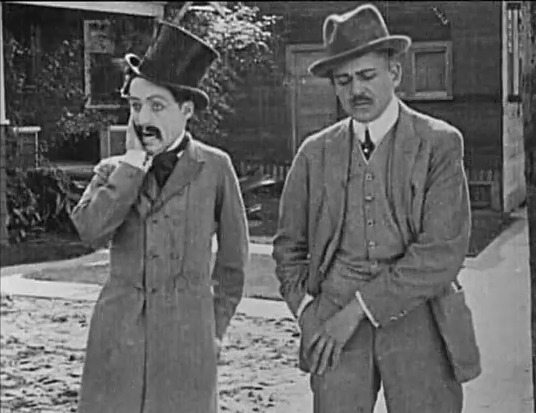People today are blessed with entertainment of various forms and formats. You can quickly watch a movie directly on your laptop or widescreen and enjoy stunning high-definition visuals and sounds. Otherwise, you can listen to any music you like on your smartphone with only a few simple touches. It’s a privilege that the people back in the days never relished. From 1894 to 1929, flicks weren’t synced with any recorded sound, encompassing the so-called “silent era.”
If you think of watching any movie now without any audio, chances are you may find it tedious, given the high-quality sounds available nowadays. Yet, while the movies in the said were deemed “silent movies,” it was actually a misnomer. Truth to be told, theaters then are brimmed with sound. These flicks were always accompanied by sound, from the orchestra to the sound effects and the narrator’s voice, making it more likely a different experience.
That being said, sound has been vital for filmmakers. It was only that technological advancements weren’t on their side yet, making it a genuine challenge to synchronize sounds to their works technically.
But, what lacks on something usually results in other aspects blossoming. The peak of the “silent era” proved to be a fascinating period, filled with artistic innovation that enticed and wowed the people. Without any synchronized sound, filmmakers instead exerted excellent efforts in improving cinematography.
On the other hand, actors relied on thoroughly emphasizing facial expressions and body language to convey the story and impart whatever their character is going through. Often, acting was done in an exaggerated manner, which may appear off for today’s viewers, but something people immensely enjoyed in the past.
About 10,919 silent movies were released, with the era reaching its peak from the 1910s to the 1920s. The silent film industry was fruitful, but it wasn’t long enough when sound technology caught up – signaling impending doom.
In the late 1920s, the Audion amplifier tube achieved perfection, while the Vitaphone system also emerged, finally harmonizing picture and sound. On October 6, 1927, Warner Bros. released the first feature-length movie, “The Jazz Singer,” which brought the advent of the sound films or “talkies,” as they are fondly called. However, putting an end to the silent film industry.
It was a gradual end, though, as silent movies still persisted two years later. In fact, 1928 proved to be a monumental year as both silent movies and sound films were produced and shared in theaters, with both still reaping revenues.
The transition only was deemed as mainly complete by 1929. No surprise, the talkies became a trend, eliminating the need to get a full orchestra, a narrator, or personnel for the sound effects. With the new technology, sound films were able to provide the same musical experience, even in the smallest of theaters. Moreover, they were able to use dialogue on movies rather relying merely gesticulations, providing a more realistic feel.
The great Charlie Chaplin initially refused to star in sound films and instead made two silent movies in the 1930s, “City Lights” and “Modern Times.” Yet, as sound films continued to change the art form, the film landscape, and the viewer’s perspective, it was pretty apparent that silent films were soon seeing oblivion. In 1940, Chaplin eventually made his first talkie, “The Great Dictator,” satirizing Adolf Hitler.
Today, watching silent films may seem to be outdated, and audiences may hardly appreciate its beauty, compared to how it was received back in the old. Yet, we cannot deny its influence on cinema is paramount, establishing some of the fundamentals of cinematography and acting in the film industry.
Sadly, only 25% of the silent movies made back then were preserved. The nitrate film used then was pretty delicate and flammable, damaged, and no longer usable. Others were intentionally destroyed, as filmmakers then didn’t see the contributions it might bestow the future. Nevertheless, we can still enjoy the remaining silent films we have today, view and observe them on a different note, and by and by see their true significance in film history.
